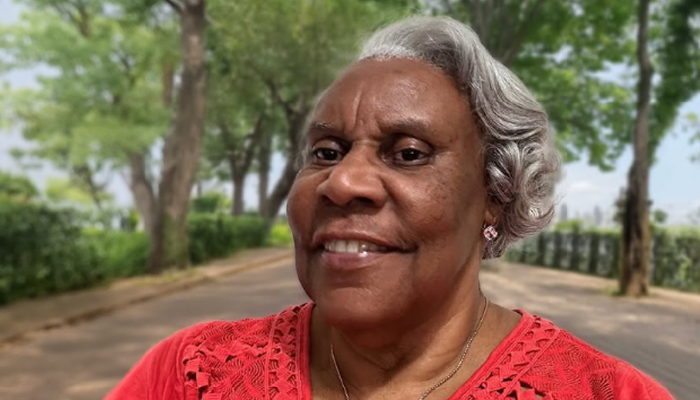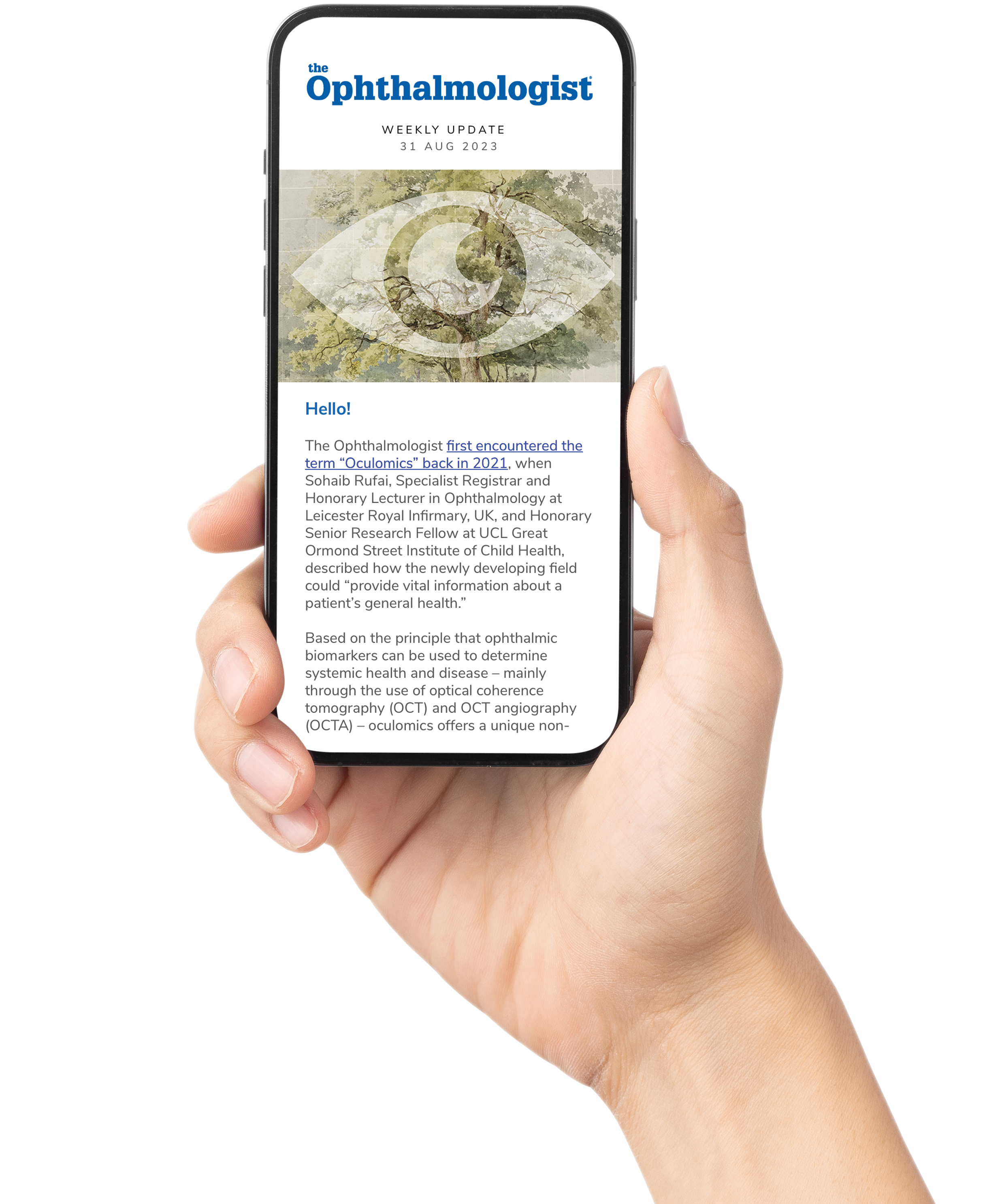
Alice Burnett
First diagnosis
When I was initially diagnosed with glaucoma, I was surprised. I’d heard the word “glaucoma” before, but never had any real conversation about it with my doctors. Back then, I was in my thirties and did not pay too much attention to researching the disease. I followed the doctor's advice on when I should take my medications, but I didn’t ask any real in-depth questions about what glaucoma was and what it entailed. It was only when my intraocular pressure was refusing to go down and I had to switch doctors that I began to really investigate what I was dealing with.
My new doctor began discussing inheritance patterns with me, and explaining how glaucoma can have genetic risk factors. He asked if anybody in my family had a history of glaucoma and, as I didn’t know any better, I told him no. It was only when I started talking to my parents about my condition that I found out my father also had glaucoma, and had been taking medication for years!
Retirement
It was not until I was almost 60 that I made the decision to retire from my job as a high school librarian. After my diagnosis, I had continued working, as well as raising my two children and participating in all their school activities, all while seeing doctors and trying to manage my disease. But in my forties I encountered a substantial change in my condition, and things started to escalate – my vision deteriorated rapidly and I had trouble reading, I kept having to get more and more powerful reading glasses, and, finally, I had to stop driving and could no longer see at nighttime. By the time I retired, the disease was moving more rapidly than I could handle. I know that many people with glaucoma don't necessarily have to leave their careers, but the disease was really encroaching on me – I had lost my peripheral vision, I no longer had any depth perception, and I just couldn’t continue with the same daily routine I’d had for the last 37 years.
In those first few days, my retirement saw me doing exactly what a lot of other glaucoma patients start to do when they begin to lose their vision: I went home and I sat down. I just stopped. This period of inertia lasted for some time. But then one day I said to myself, “I can’t give up. I cannot just sit down and stop living.” So I made up my mind to get active again and start plugging things back into my life. This required some initiative on my part. For instance, I could no longer enjoy my daily long walks, and so I started going to the gym instead. I found one that was very disability-friendly and accessible, and I do lots of swim classes there. I also do a 55-minute, three-mile walk in a classroom setting, which feels much safer when your vision is impaired. There’s also chair yoga as an option – if you don’t feel comfortable enough standing, you can choose to sit.
I'm putting back into my life the things that were there that I thought I had to abandon because of glaucoma and vision loss. I realize now these things don't have to be abandoned – you just have to make adjustments to continue to live your life.
Treatment regimen
I continue to take eye drops to help regulate my IOP. I take these at the same time each day and I keep all of my medications in one place. My pharmacy also offers “Talking prescriptions,” which are labels that can be attached to the packaging and provide audio descriptions of the medication. For me, this technology ensures there’s never any mix up.
I log all my medical appointments verbally into my phone, which automatically sets reminders. I’m lucky to live in the state of New Jersey, where the transportation department offers transportation for disabled persons. That service runs seven days a week, door-to-door. They come to my home, pick me up, and then take me to my appointments or to the gym.
Networking
If you have glaucoma, it’s important that you connect with others in similar situations, so that you can relate your experiences to one another and discuss any possible resources. In my area we have two local organizations for blind and low-vision people. These organizations meet once a month, and they always give out good information. For instance, for the presidential election in November, the League of Women Voters came in and discussed all of the accessible equipment for blind and low-vision people that would be provided at polling stations. They came and showed us what to expect, and brought in the equipment they were discussing so that if we went in to vote, we’d know how to use the equipment, and be familiar with it beforehand.
Future hopes
The Glaucoma Research Foundation (GRF) is one organization working not only to increase public awareness of the disease, but also to find a cure. While a cure remains elusive, efforts to mitigate its impact are critical. That’s why I was honored to participate in the "Faces of Glaucoma" campaign during Glaucoma Awareness Month in January. Collaborating with Bausch + Lomb, GRF, and fellow glaucoma patients, we work to raise awareness through educational resources, emphasize the importance of annual eye screenings, and share personal stories about the widespread impact of glaucoma. My greatest hope is that we can one day alleviate the effects of glaucoma-related vision loss – whether by preventing, slowing, or even eradicating the disease altogether.
